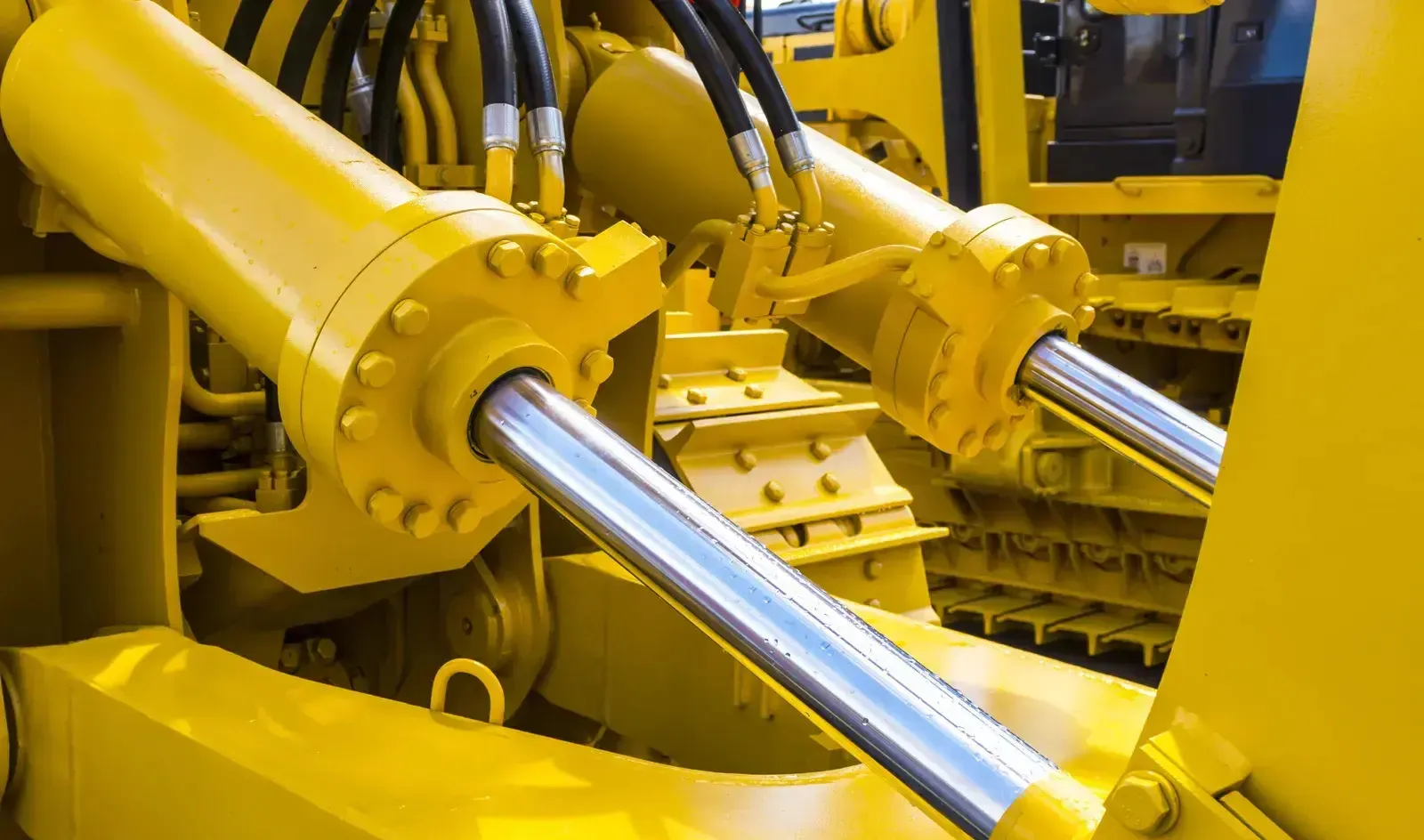
A hydraulic system is a complex network of components designed to transmit power using pressurized fluid (usually oil). This system is commonly used in various applications such as automotive brakes, construction equipment, aircraft, and industrial machinery. Here's a basic overview of how a hydraulic system is composed and the use of hydraulic hoses:
Typically, hydraulic systems use oil-based fluids due to their excellent lubricating properties and ability to withstand high pressures and temperatures.
The hydraulic fluid is stored in a reservoir tank. This reservoir helps to maintain a consistent supply of fluid to the pump and prevents aeration and contamination.
The pump is responsible for converting mechanical energy into hydraulic energy by pressurizing the hydraulic fluid. There are various types of pumps, including gear pumps, vane pumps, and piston pumps.
Hydraulic hoses are flexible, high-pressure tubes that carry the hydraulic fluid from one component to another within the hydraulic system. They are made of synthetic rubber, thermoplastic, or Teflon and are reinforced with steel or textile braids for strength and flexibility.
Valves control the flow and direction of the hydraulic fluid within the system. There are different types of valves, including control valves, relief valves, check valves, and directional valves, each serving specific purposes in regulating the fluid flow and pressure.
Actuators are devices that use hydraulic pressure to perform mechanical work. Common types of actuators include hydraulic cylinders and hydraulic motors. Cylinders are used for linear motion, whereas motors are used for rotary motion.
Apart from hoses, hydraulic systems also use rigid pipes and tubing to connect various components. These lines are usually made of metal and are used in applications where flexibility is not required.
Hydraulic hoses play a crucial role in transmitting hydraulic power between components. They are designed to withstand high pressure and are flexible to accommodate movement in the system. Here are some key points about the use of hydraulic hoses:
Hydraulic hoses are flexible, allowing them to bend and move with the machinery or equipment they are connected to. This flexibility is essential in applications where rigid pipes cannot be used.
Hydraulic hoses are rated based on their maximum working pressure, which indicates the maximum amount of pressure the hose can handle safely. It's crucial to use hoses with the appropriate pressure rating for the specific application to prevent failures and accidents.
Hydraulic hoses have end fittings (couplings) that connect them to the hydraulic components. These fittings are often made of metal and are designed to create a secure, leak-free connection.
Hydraulic hoses need regular inspection to check for signs of wear, damage, or leaks. Damaged hoses should be replaced immediately to prevent hydraulic fluid leakage, which can lead to system failure and safety hazards.
In summary, hydraulic systems rely on hydraulic hoses to transmit power efficiently and safely between components. Proper selection, installation, and maintenance of these hoses are essential to ensure the reliable and safe operation of hydraulic machinery and equipment.